What Should Be Done?
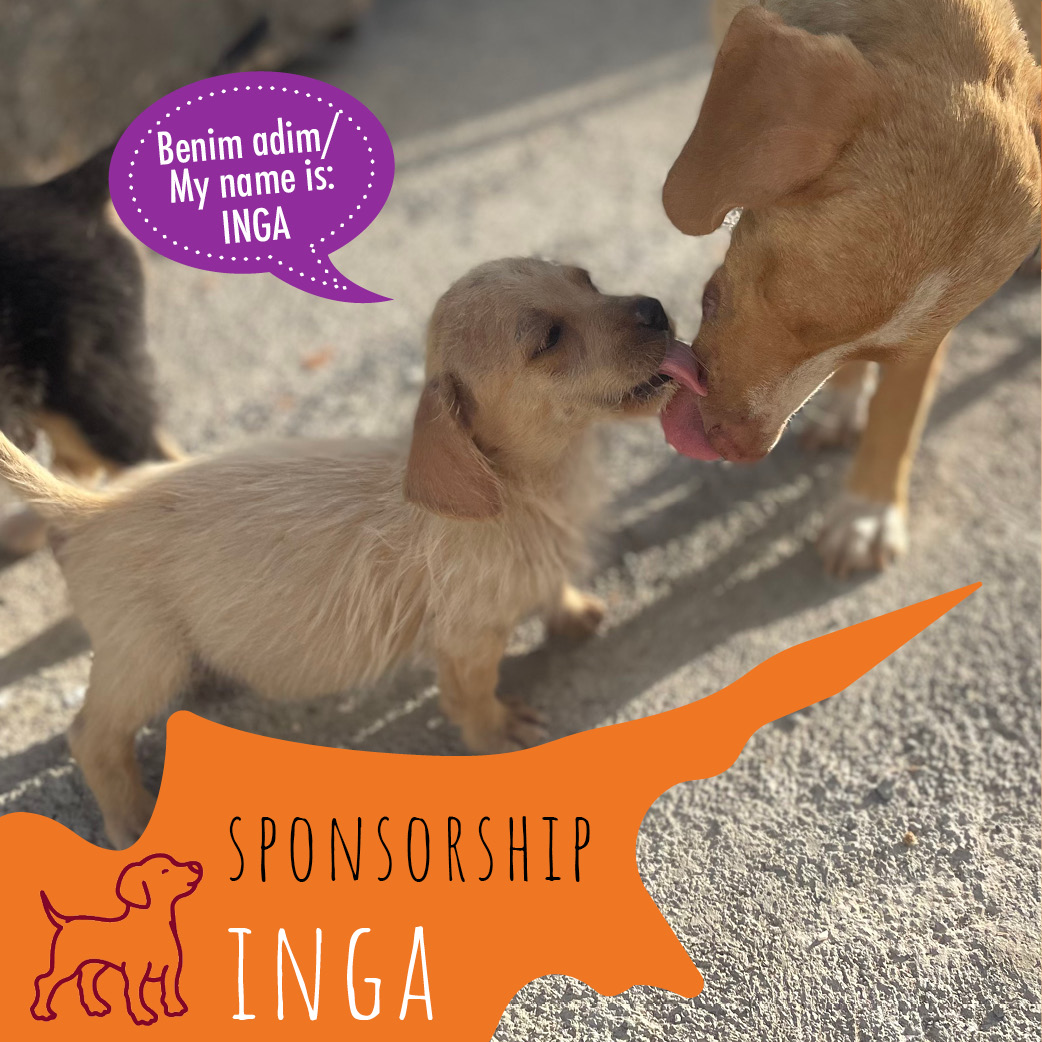

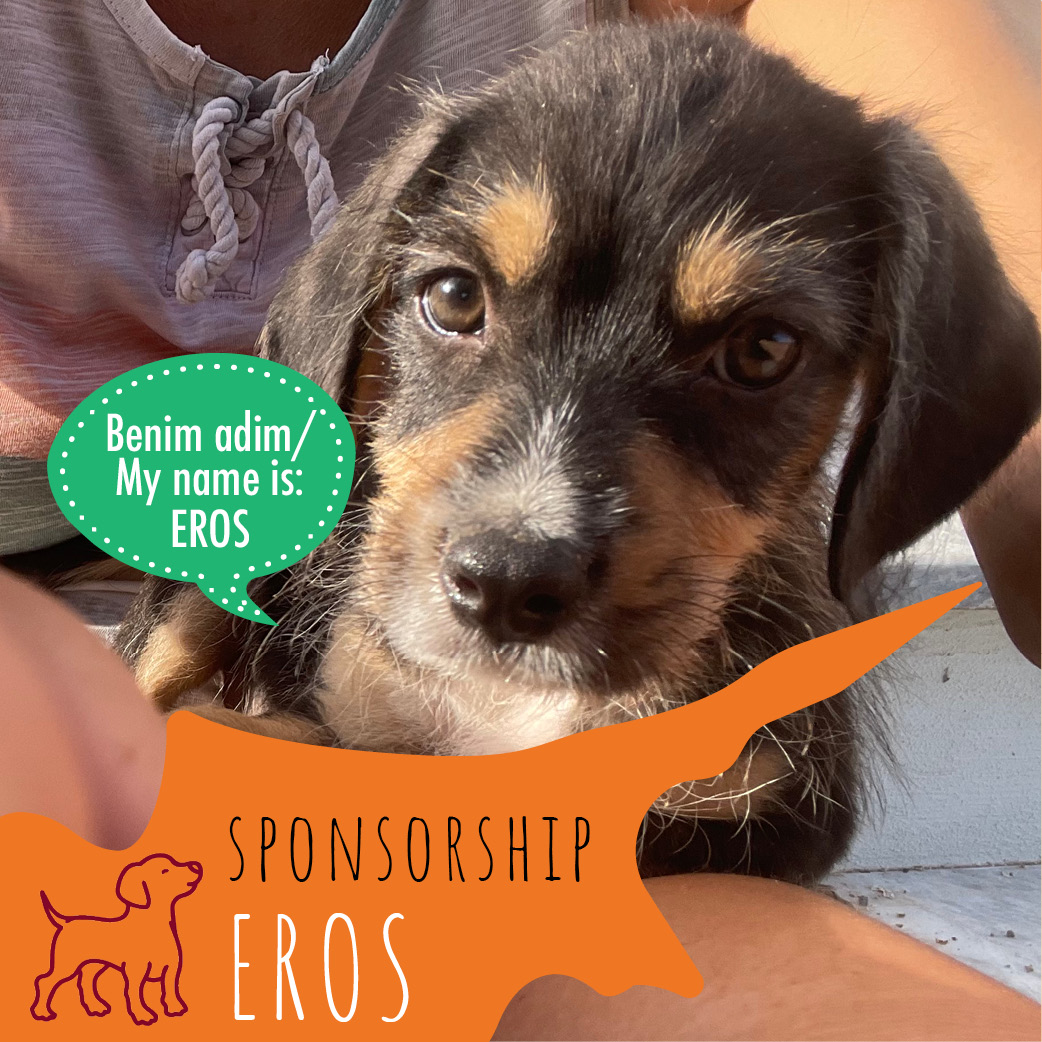

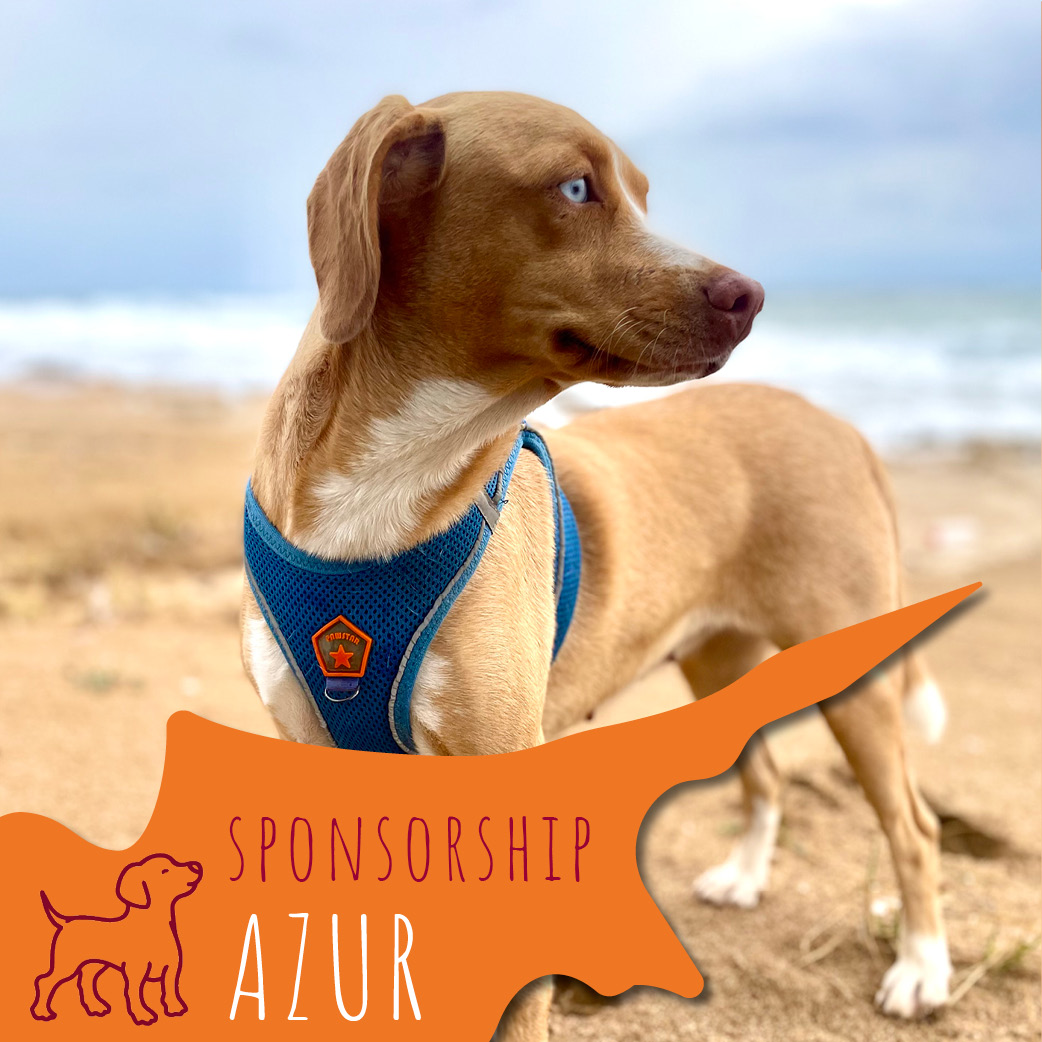

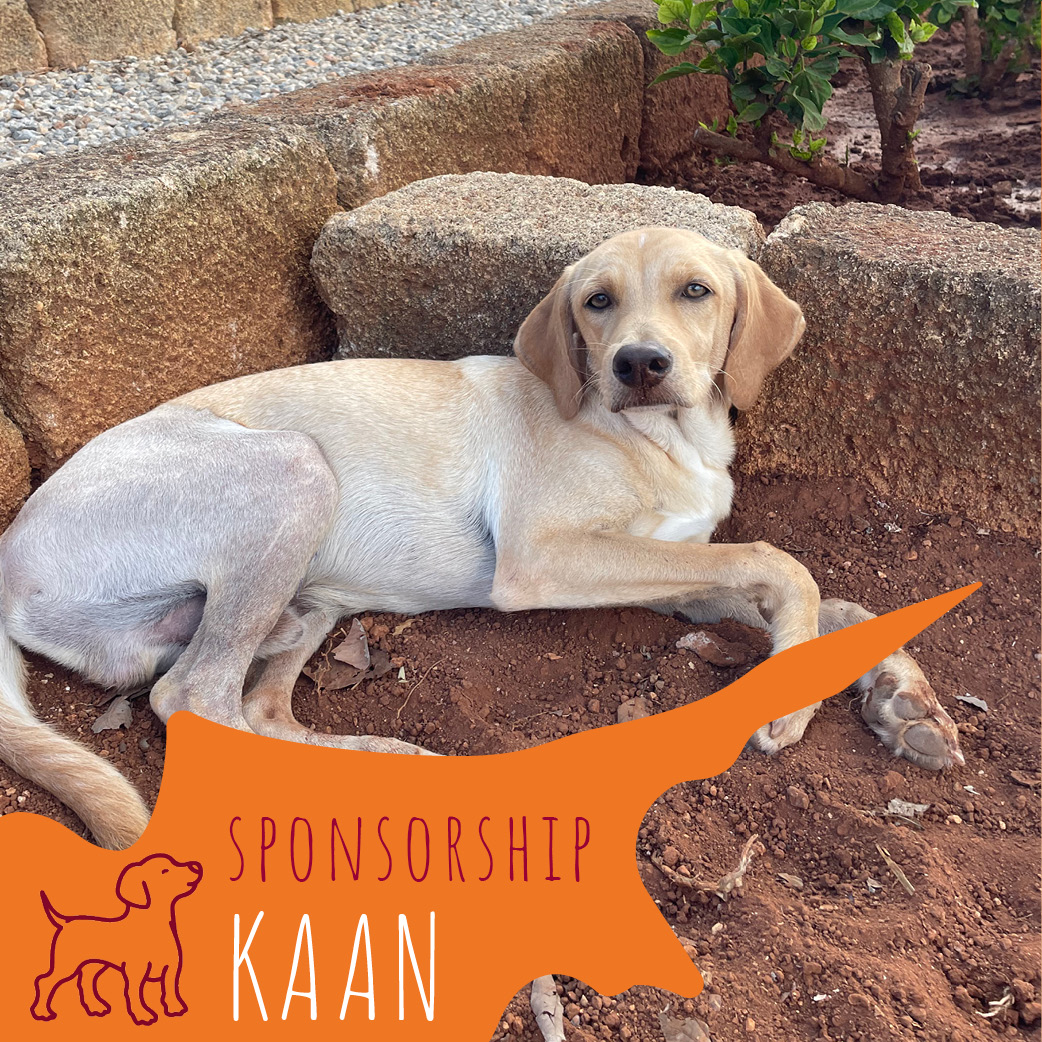

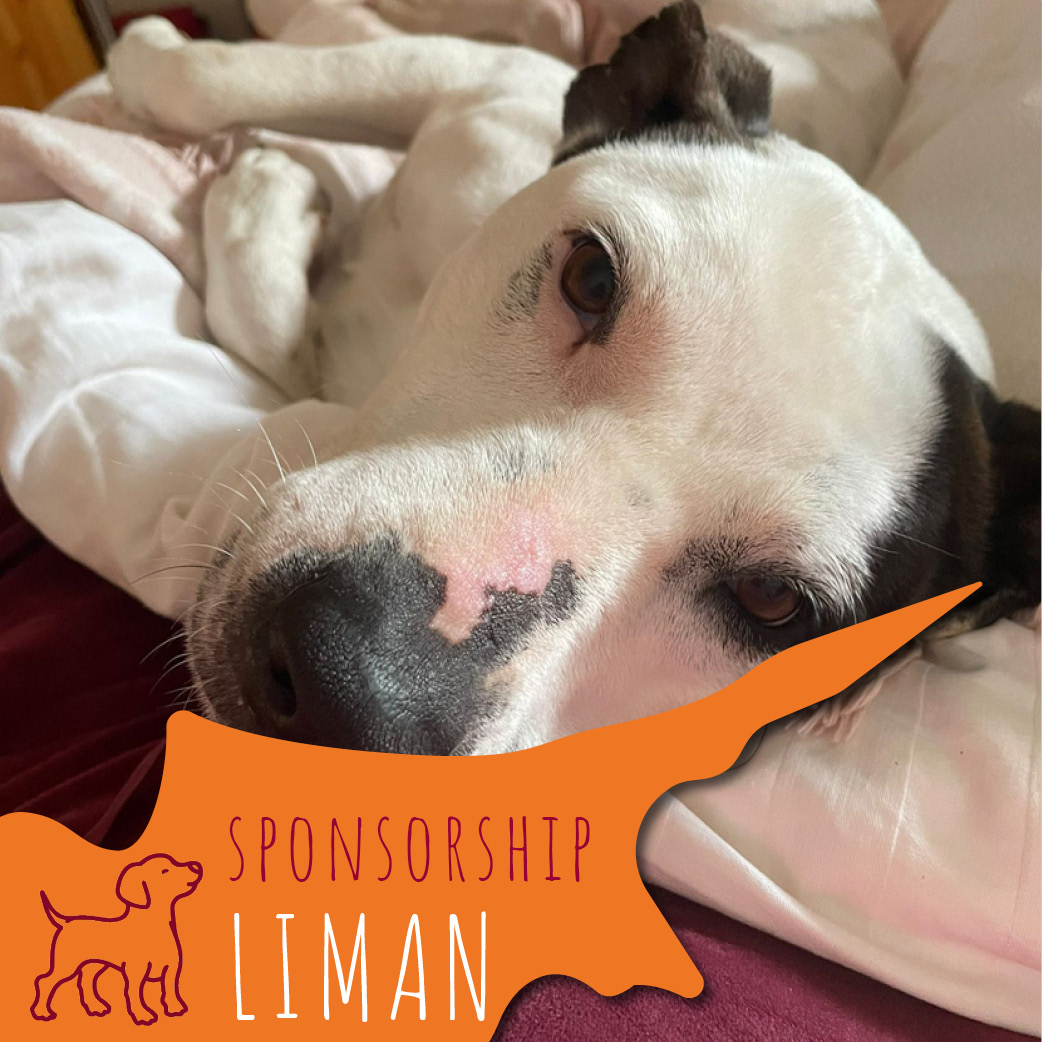

Stray Animals: What We Ignore and Solutions
The stray animal problem that has been going on for years in our country has now reached a serious dimension both socially and ethically. The problem is deep because it has knock-on effects not only for animals but also for public health, urban planning, traffic safety and the education system.
Why Are We in This Situation?
The main factors in the increase in stray animals are individuals who irresponsibly abandon their adopted animals on the streets. In addition, the failure to prevent uncontrolled reproduction, the lack of an effective neutering policy and the inadequacy of local and general administrations in this regard also aggravate the situation.
Sad but true: Every abandoned animal can become a potential carrier of disease, a traffic accident risk or a source of social unrest while fighting for its life. But the real culprit in this situation is not the animals, but us humans who abandon them to their fate.
So, What Should Be Done?
The solution to the problem is a responsibility that the entire society must shoulder, not a single institution. However, a few scientific and ethical strategies can alleviate this problem over time:
1. Sterilize – Vaccine – Let Live (SVR) Programs
The most effective way to prevent unplanned reproduction is sterilization. Local governments must expand sterilization and vaccination campaigns in cooperation with veterinary chambers. Vaccination protects not only the health of the animal but also public health.
2. Adoption Campaigns
Staying in shelters often does not go beyond “being safe” for an animal. However, adoption is the strongest key to their physical and psychological recovery. However, the concept of conscious adoption comes into play here. Animals are not toys, they are responsibilities.
3. Education is a Must
Love for animals begins with education at a young age. Children should be taught animal rights, empathy and respect for living things starting from primary school. Instilling love for animals in a child means changing a society.
4. More Effective Shelters and Rehabilitation Centers
Shelters should not be a “last stop” for an animal, but a temporary station. These centers should not only provide care, but also socialization, treatment and adoption preparation processes.
5. Legal Regulations and Inspection
Applicable and deterrent penalties should be introduced against those who mistreat animals. It is important to remember the principle that “whoever harms an animal also harms a person.”
A Final Word
Adopting a living being means touching its life. And every stray animal was once the joy of a home, perhaps a child’s closest friend. Now, it is trying to live abandoned to its fate. If we do not change, their fate will not change either.
Kerem Güneşer, Vet, Veterinary services, Gönyeli Nicosia

I became a vet because I wanted to protect and save any animal which needs health care.

Gökçe Taş, Vet, Veterinerium Clinic, Yeni Erenköy
At the last minute, I decided to become a veterinarian instead of a chemist. I love my work and the animals I treat.

Tugay Oy, Vet, Happy Paws Care Veterinary Clinic, Iskele
I have loved animals since my childhood and since then I have only wanted to be a veterinarian. We had a small farm with sheep, cows, chickens, ducks, geese, turkeys, rabbits, cats and dogs. It was great to live with them in the village. There were very few veterinarians and it was very difficult to find a vet when they got sick. That's why I wanted to be a veterinarian. And I am so glad I did. They cannot talk but they can still tell you a lot. Their love is great.
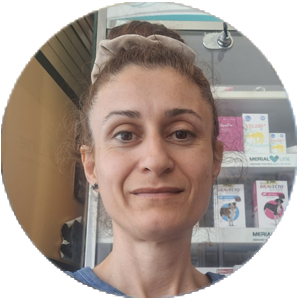
Filiz Ertuğrul, Vet, Doğa Veteriner Kliniği, Iskele
